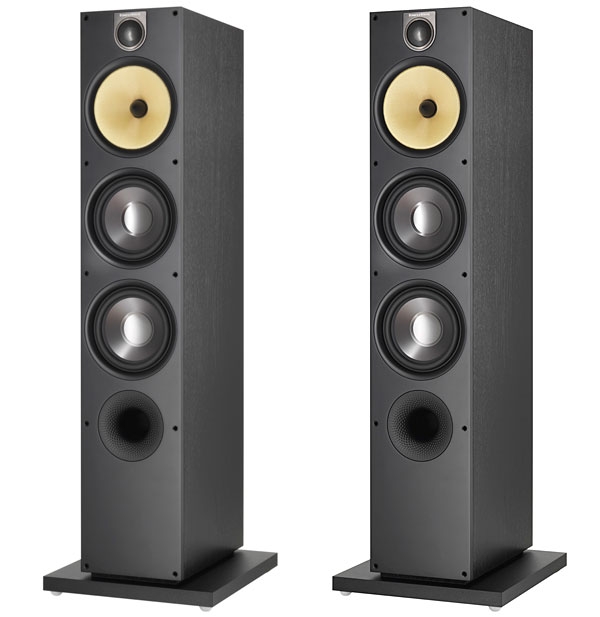| Columns Retired Columns & Blogs |
I found a deal on a pair of the 685 S2's and couldn't pass it up. I've experience the same uncanny experience of centralized vocals and very competent overall sound, but I can't seem to find any reviews anywhere that unpack them in detail with a more competent amplifier (i'm driving the modestly efficient speaker at 87db with a NAD D3020). Anyone else have a pair that cares to share their thoughts?















































